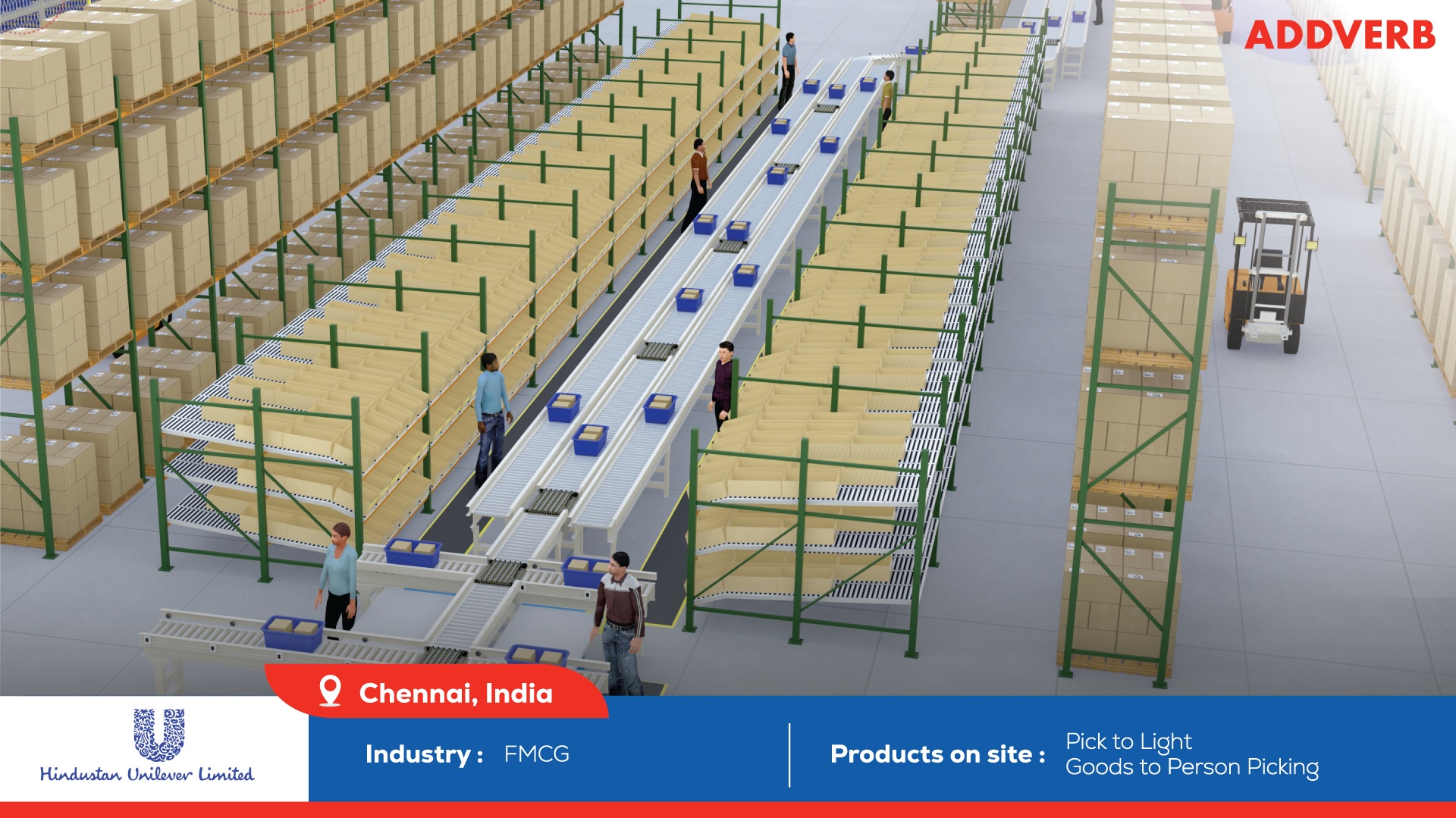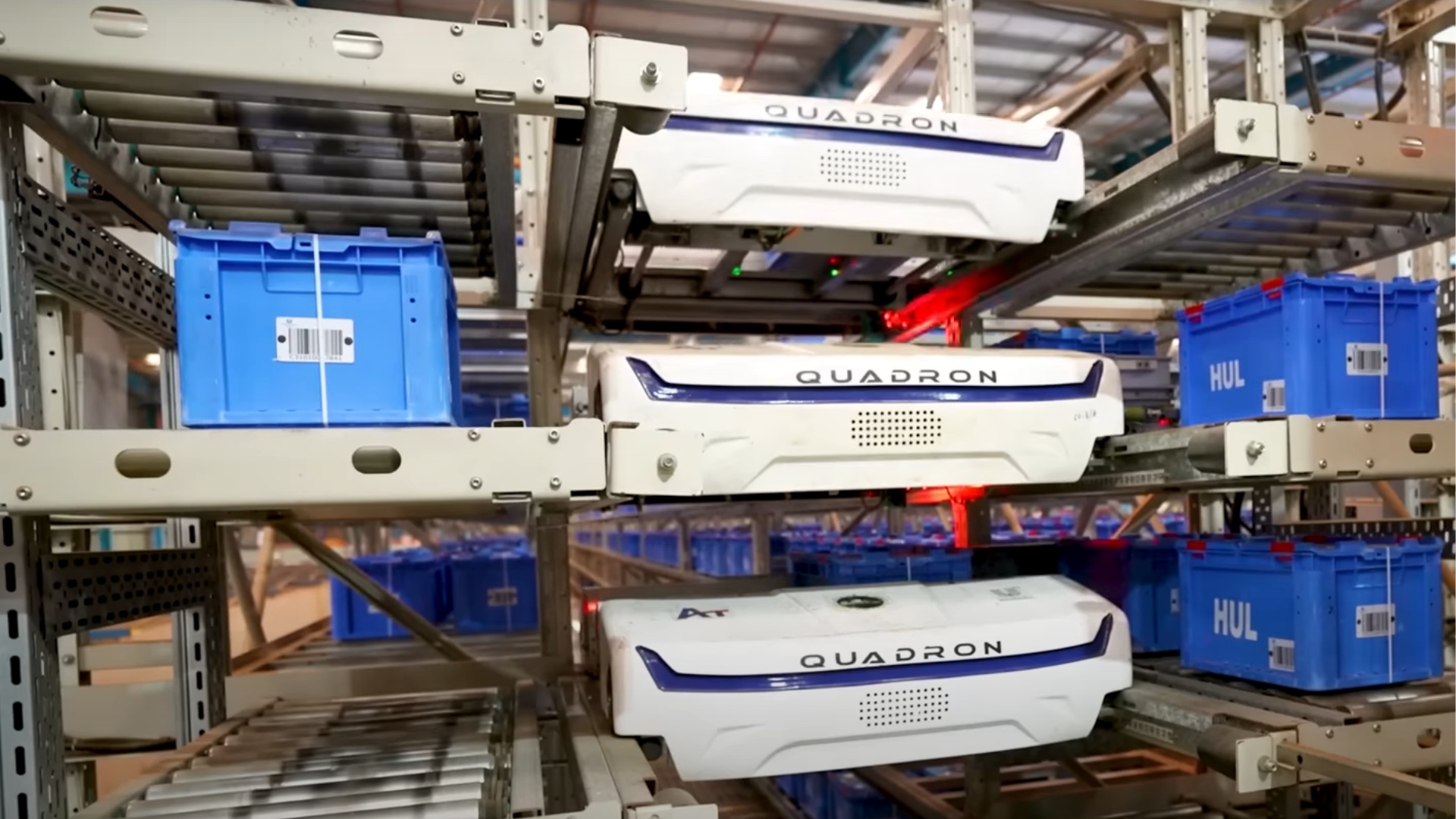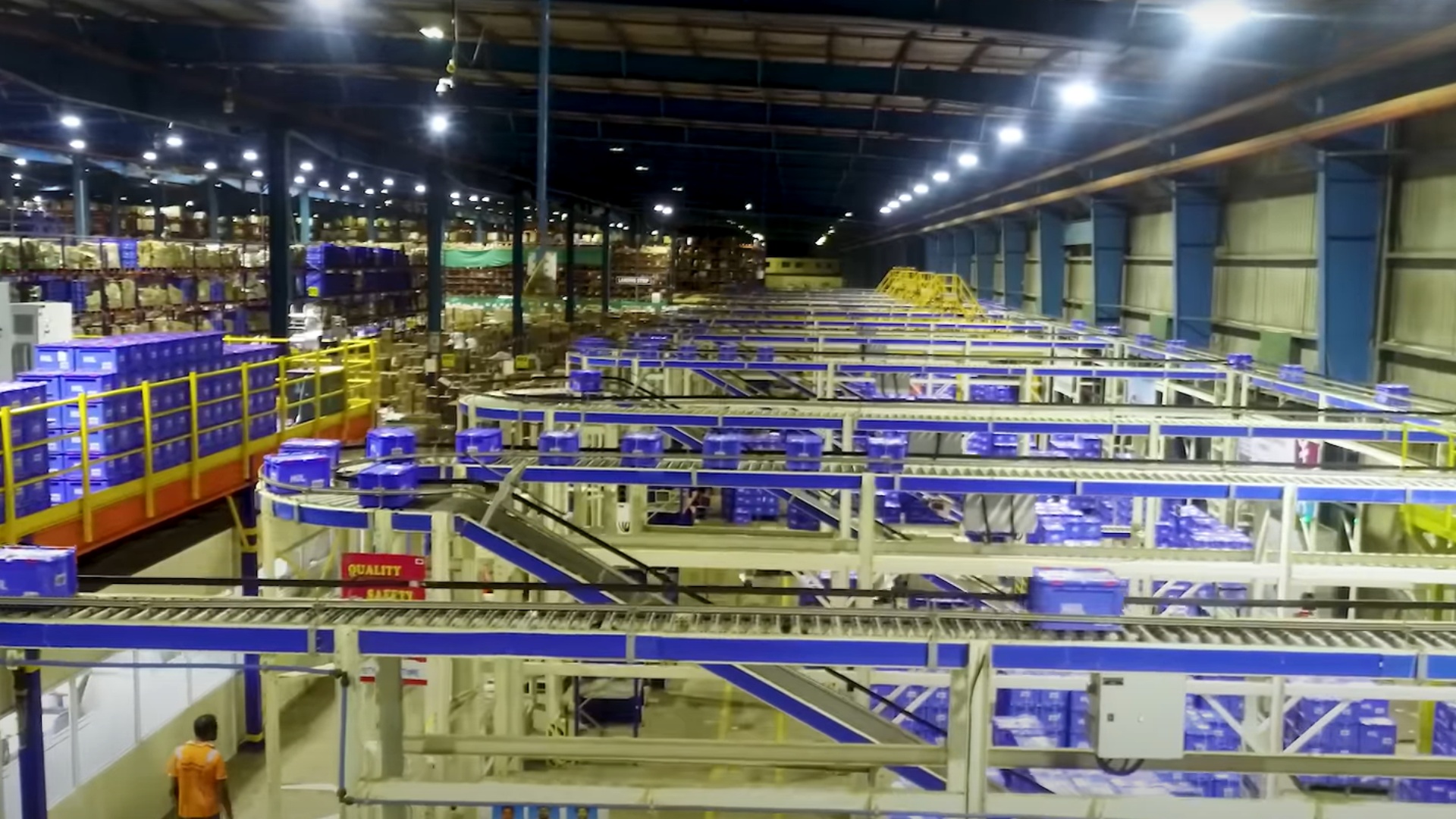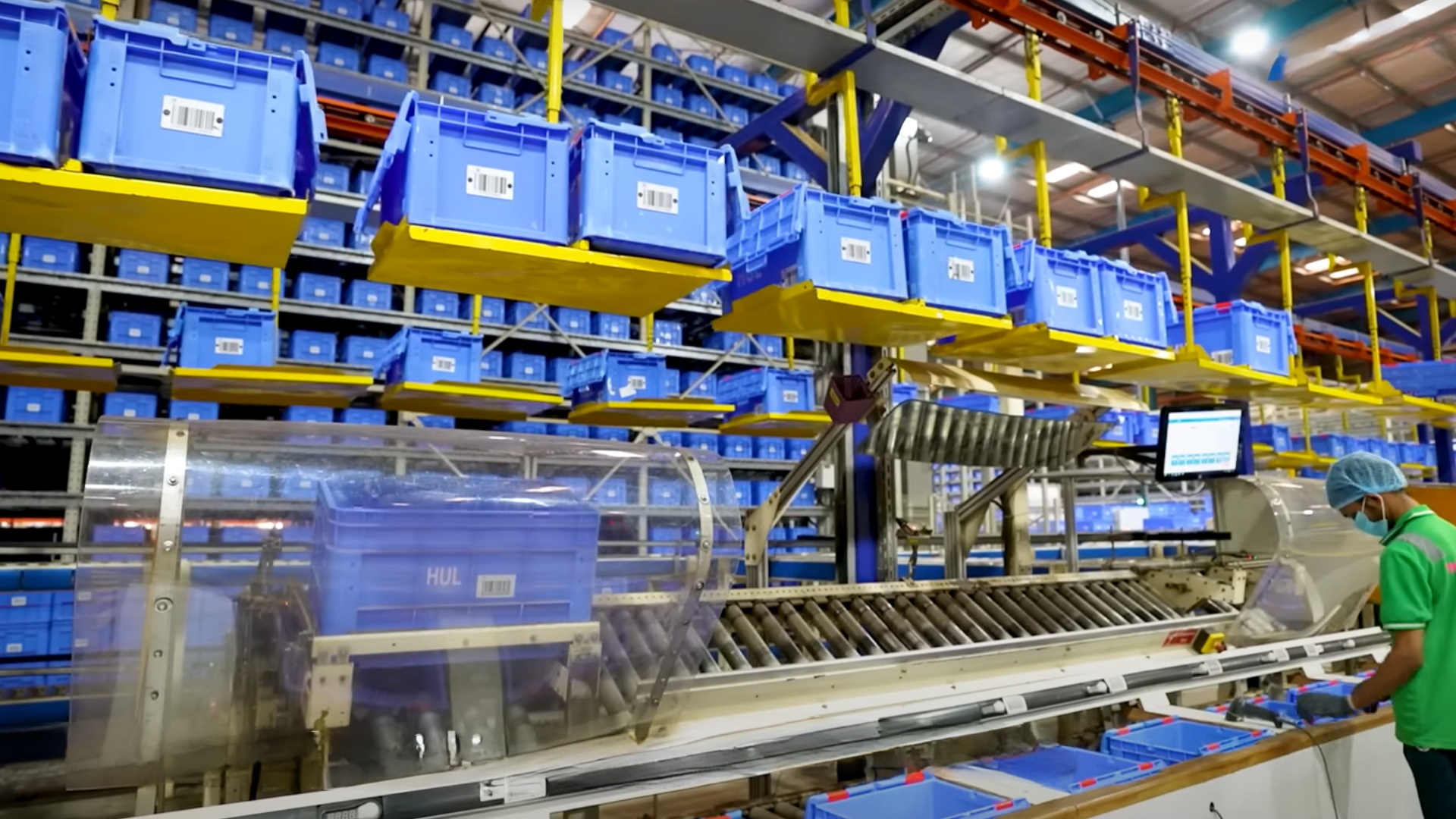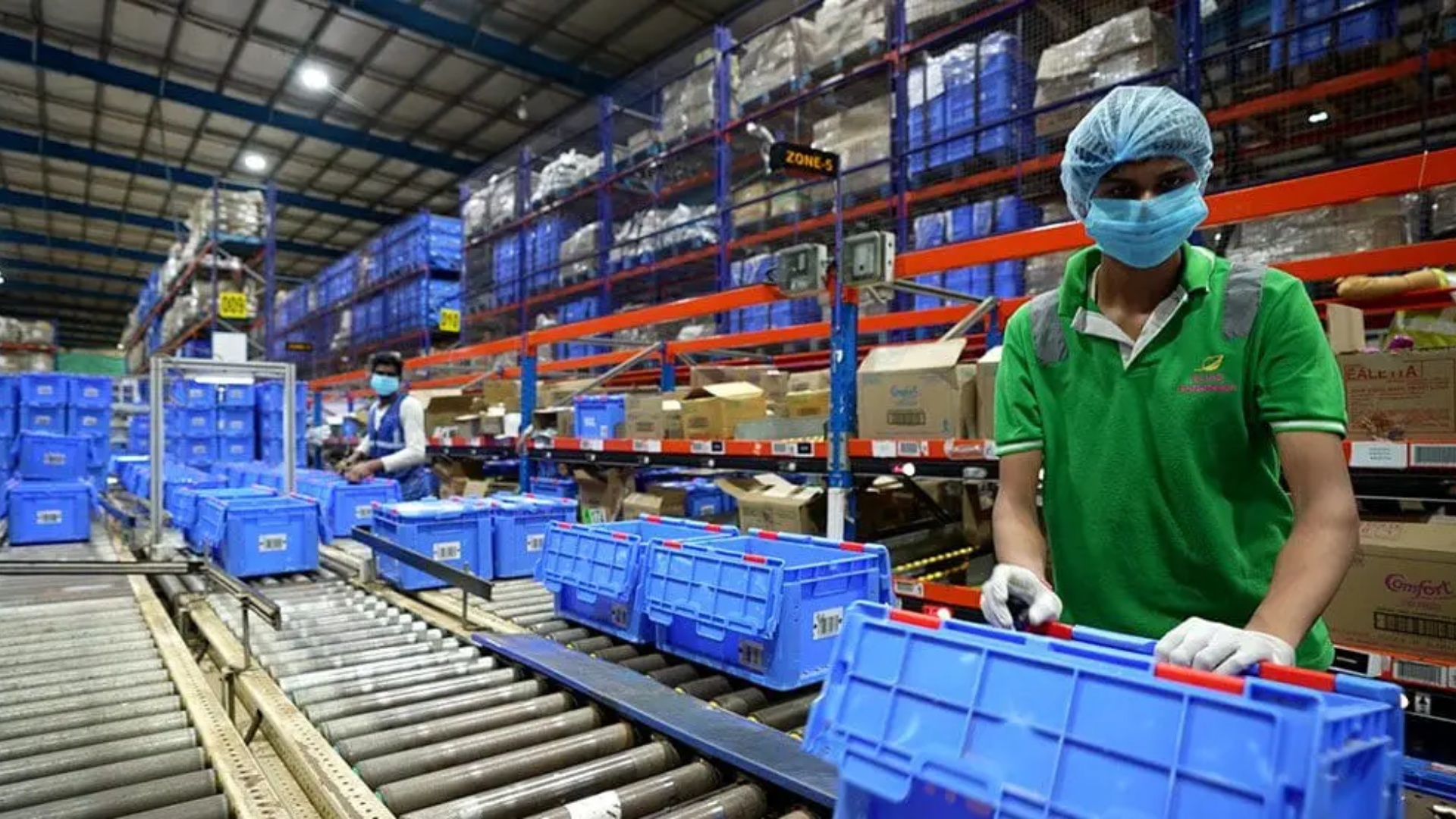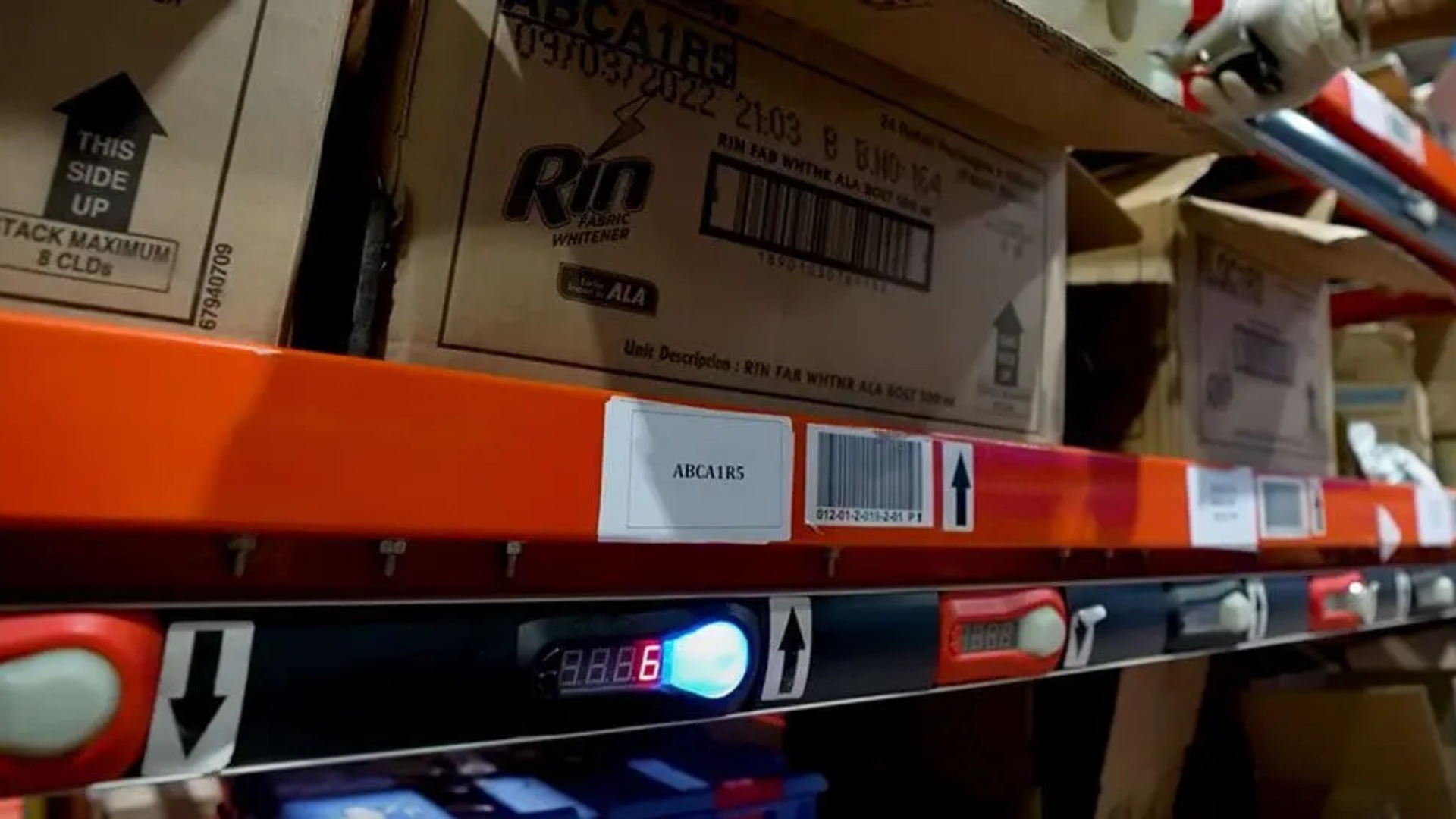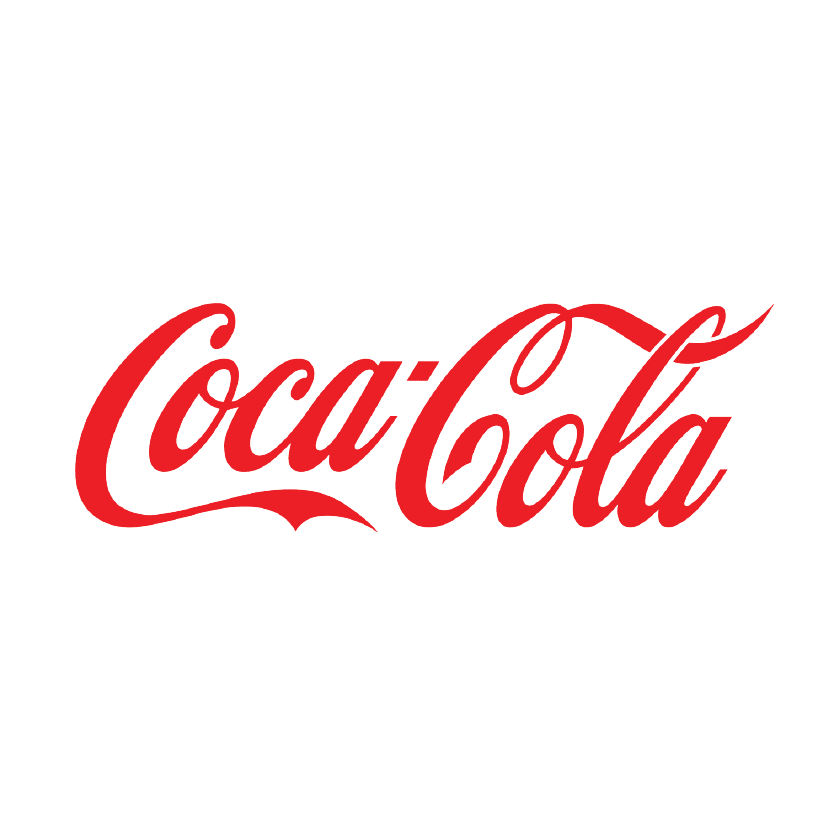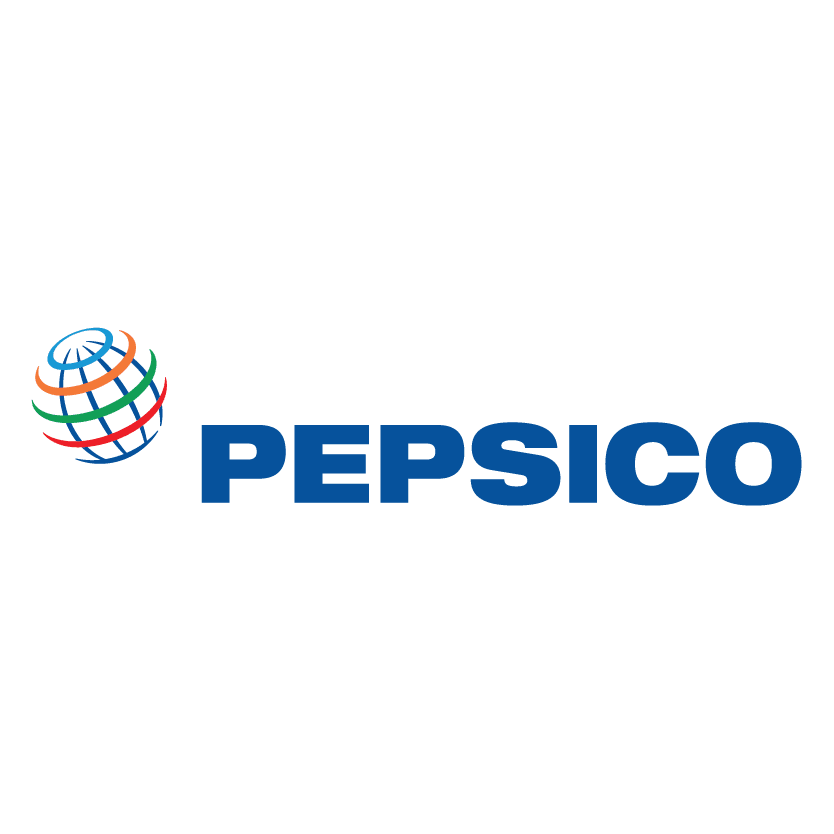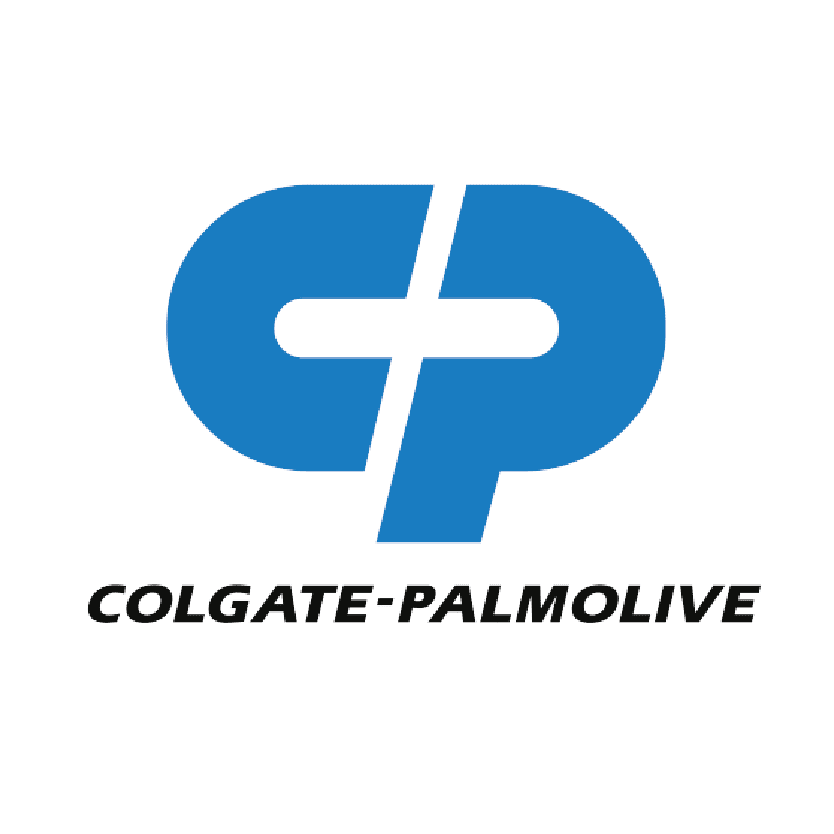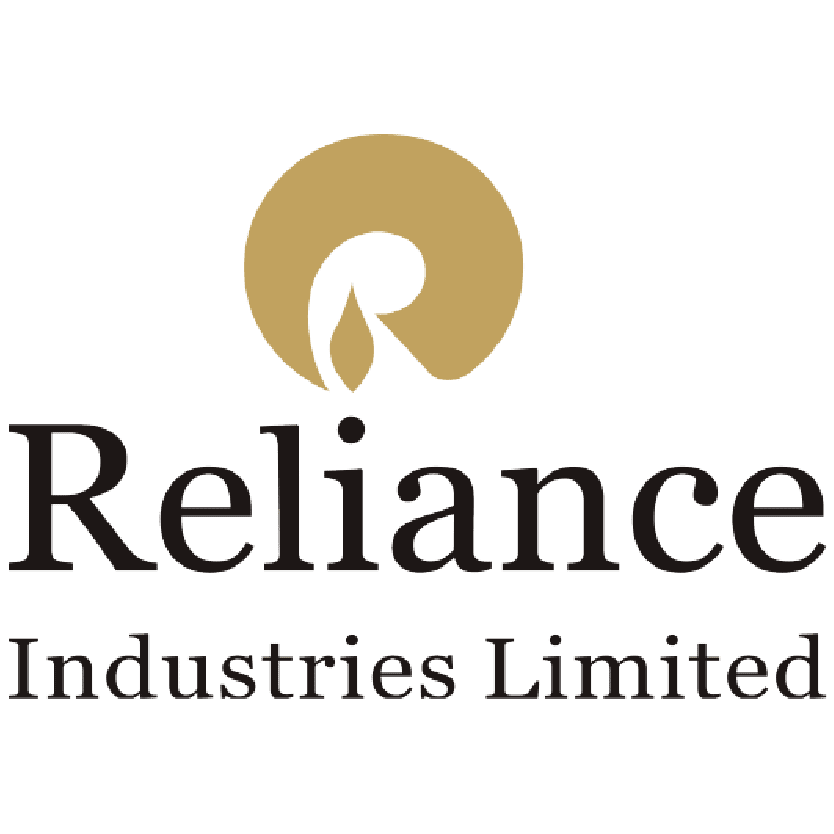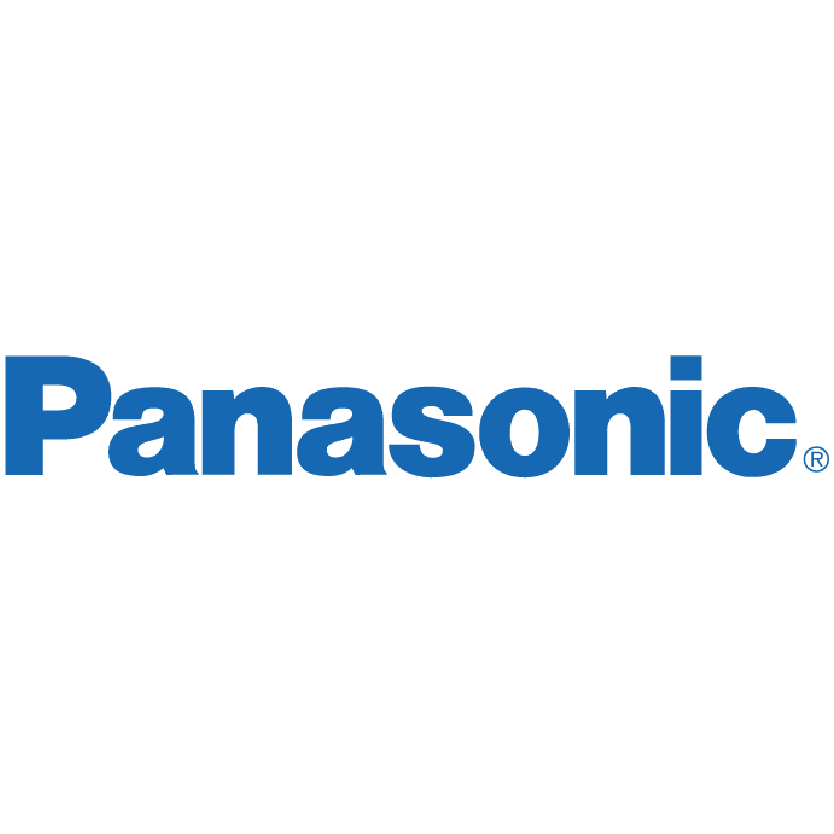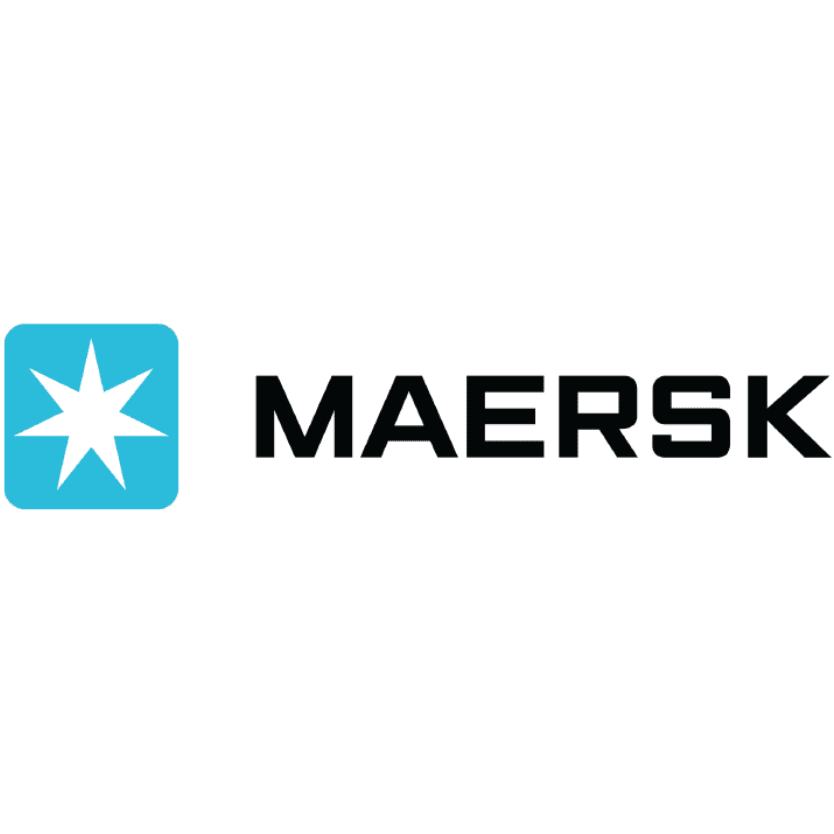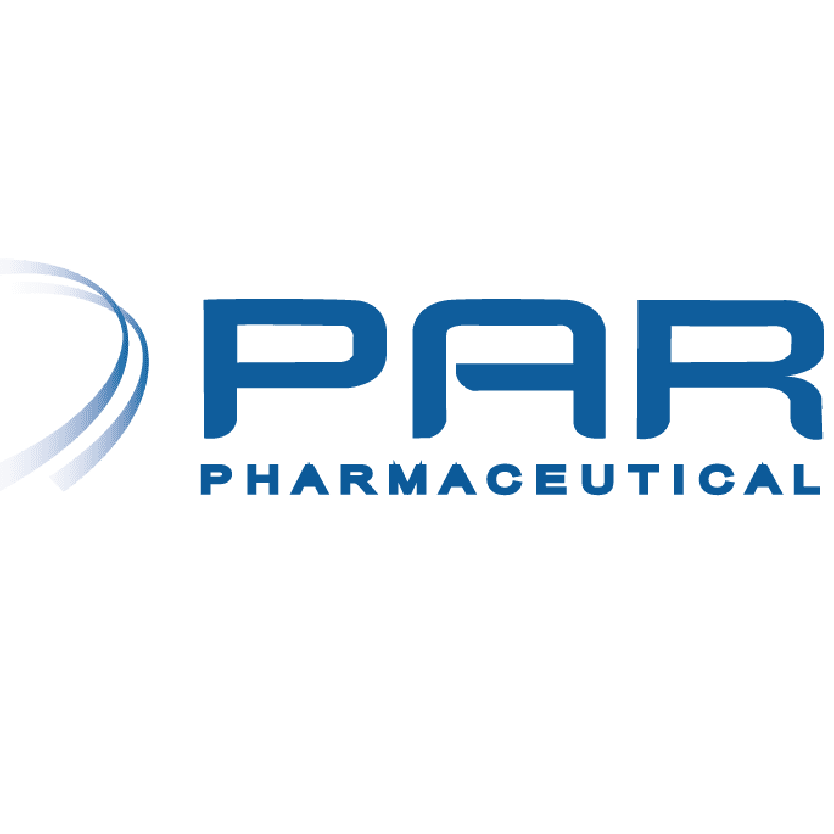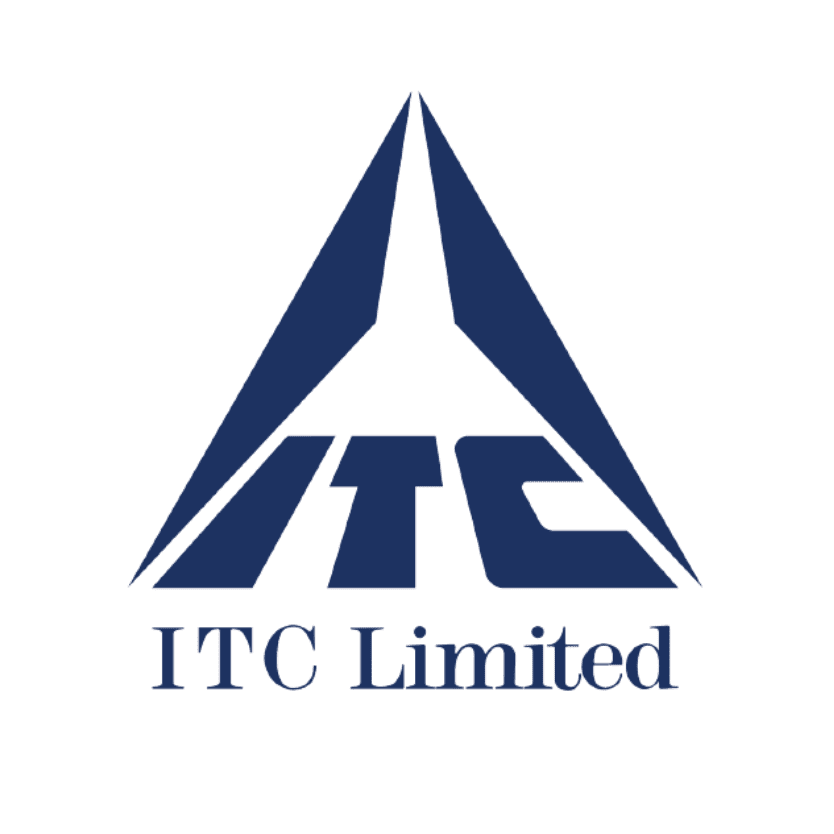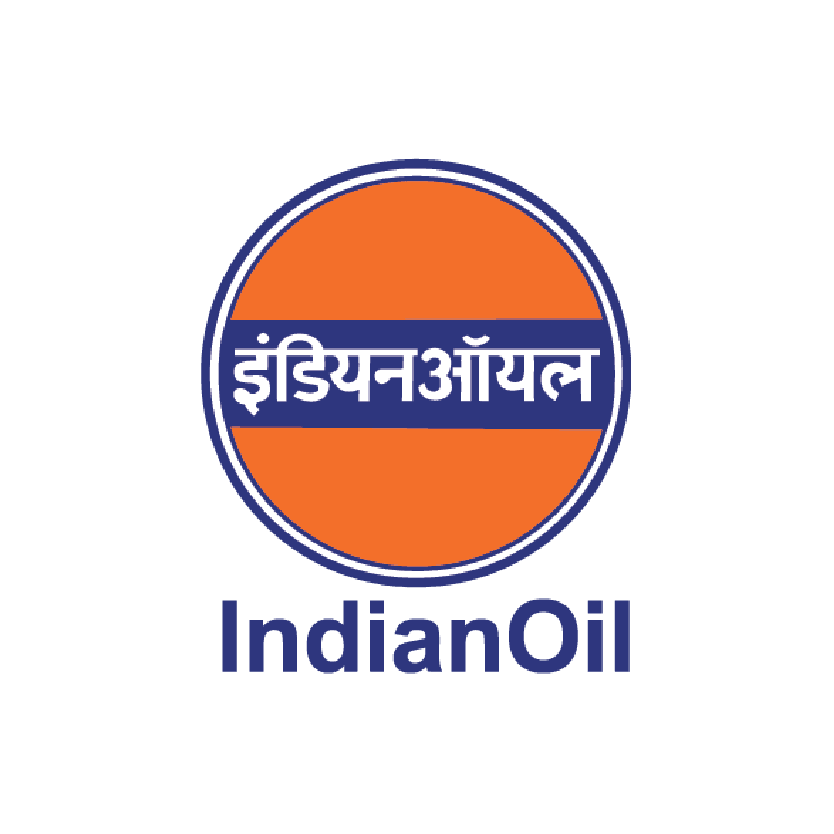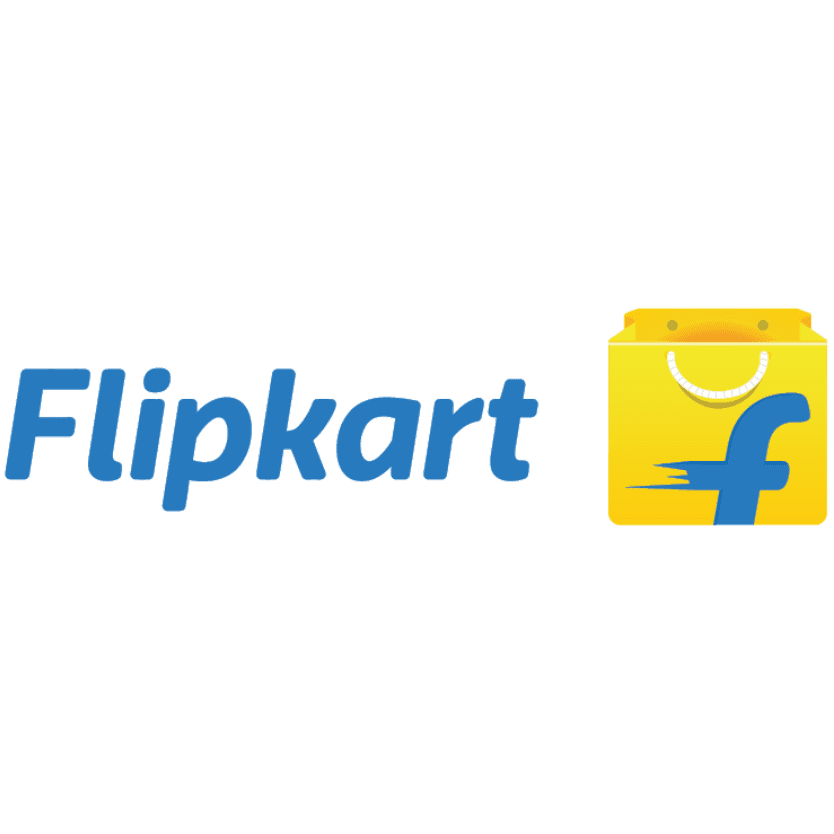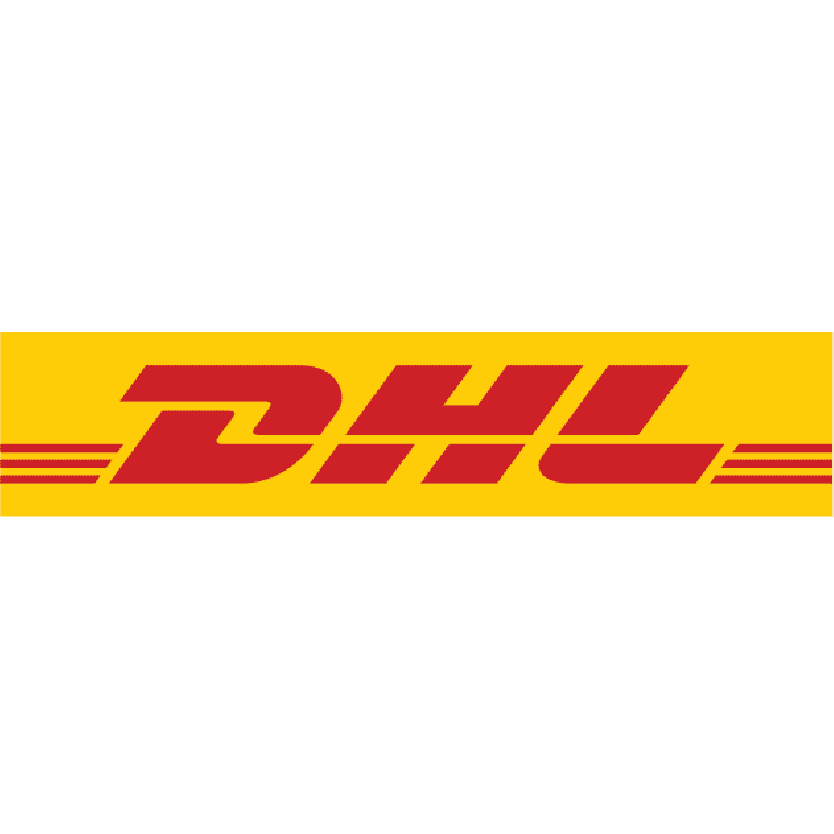
HUL : Automated Distribution Center
HUL is a major player in the retail sector, operating in various segments such as home care, personal care, beverages, and packaged foods. The company has a vast distribution network that reaches millions of consumers in both rural and urban areas. To serve retail outlets directly from its Automated Distribution Center, HUL needed a Lean Distribution Model.
HUL is a major player in the retail sector, operating in various segments such as home care, personal care, beverages, and packaged foods. The company has a vast distribution network that reaches millions of consumers in both rural and urban areas. To serve retail outlets directly from its Automated Distribution Center, HUL needed a Lean Distribution Model.

